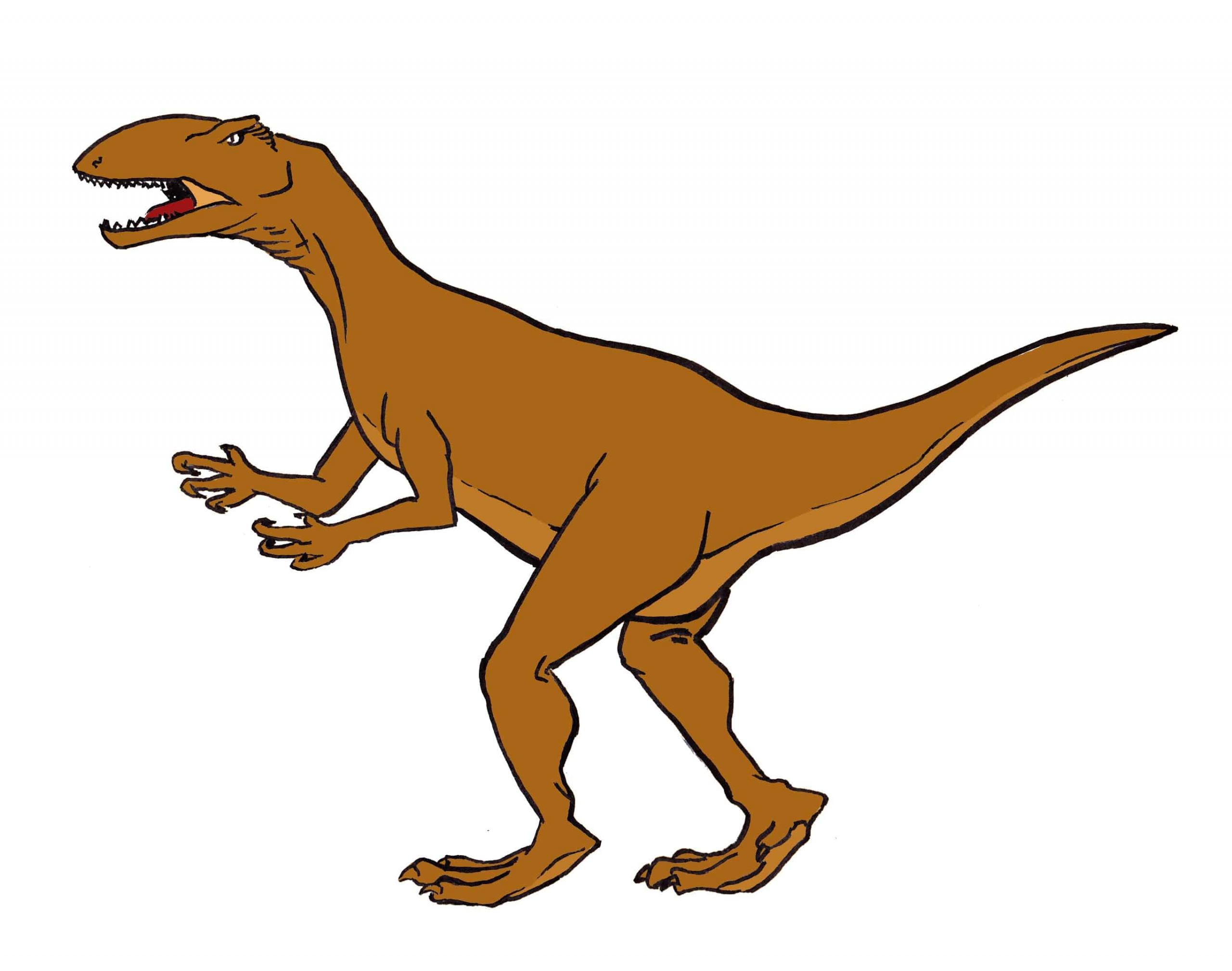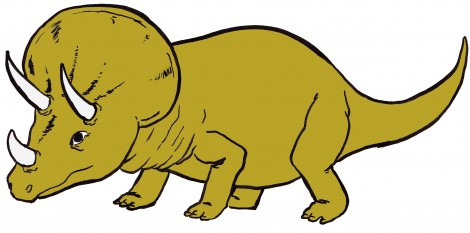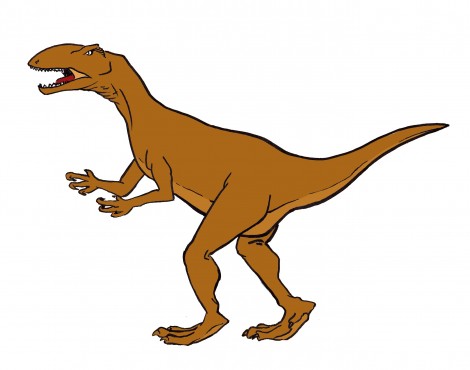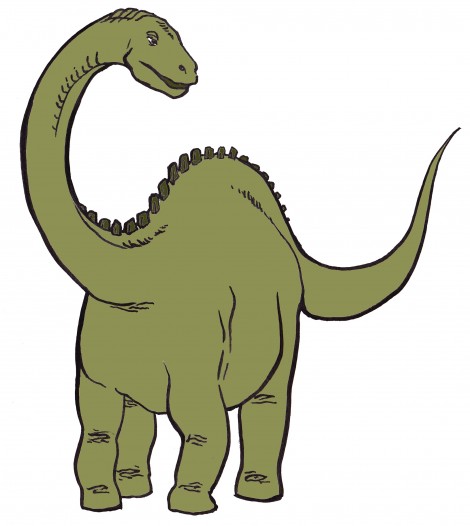The Cretaceous–Paleogene mass extinction occurred 65 million years ago and took out dinosaurs, pterosaurs, and marine reptiles.
What happened after the meteor that supposedly drove the dinosaurs to extinction? Turns out they may have survived for another 700,000 years afterward.
If the whole history of the universe until today were compressed into a 365-day year, dinosaurs only lived about 5 days.
In the same universe-compression model, the first mammalian ancestors appeared on December 25.
The oldest dinosaur fossils found come from rocks in Argentina and Brazil and are 230 million years old.
One of the earliest known birds, the Archaeopteryx, appeared in the late Jurassic period and shared the skies with flying reptiles.
The smallest dinosaur egg measures 3 cm long and its species remains unknown.
Heaviest dinosaur: the Brachiosaurus weighed 80 tonnes, equivalent to 17 elephants.
Smallest dinosaur: the chicken-sized Lesothosaurus fed on plants. Its fossil is the smallest discovered of any fully-grown dinosaur.
Biggest brain: the Troodon’s brain was comparable in size to modern mammals and birds. It also had stereoscopic vision and hands capable of grasping.
Not-so-big brain: a Stegosaurus’ weighed 75 g and was 3 cm long.





